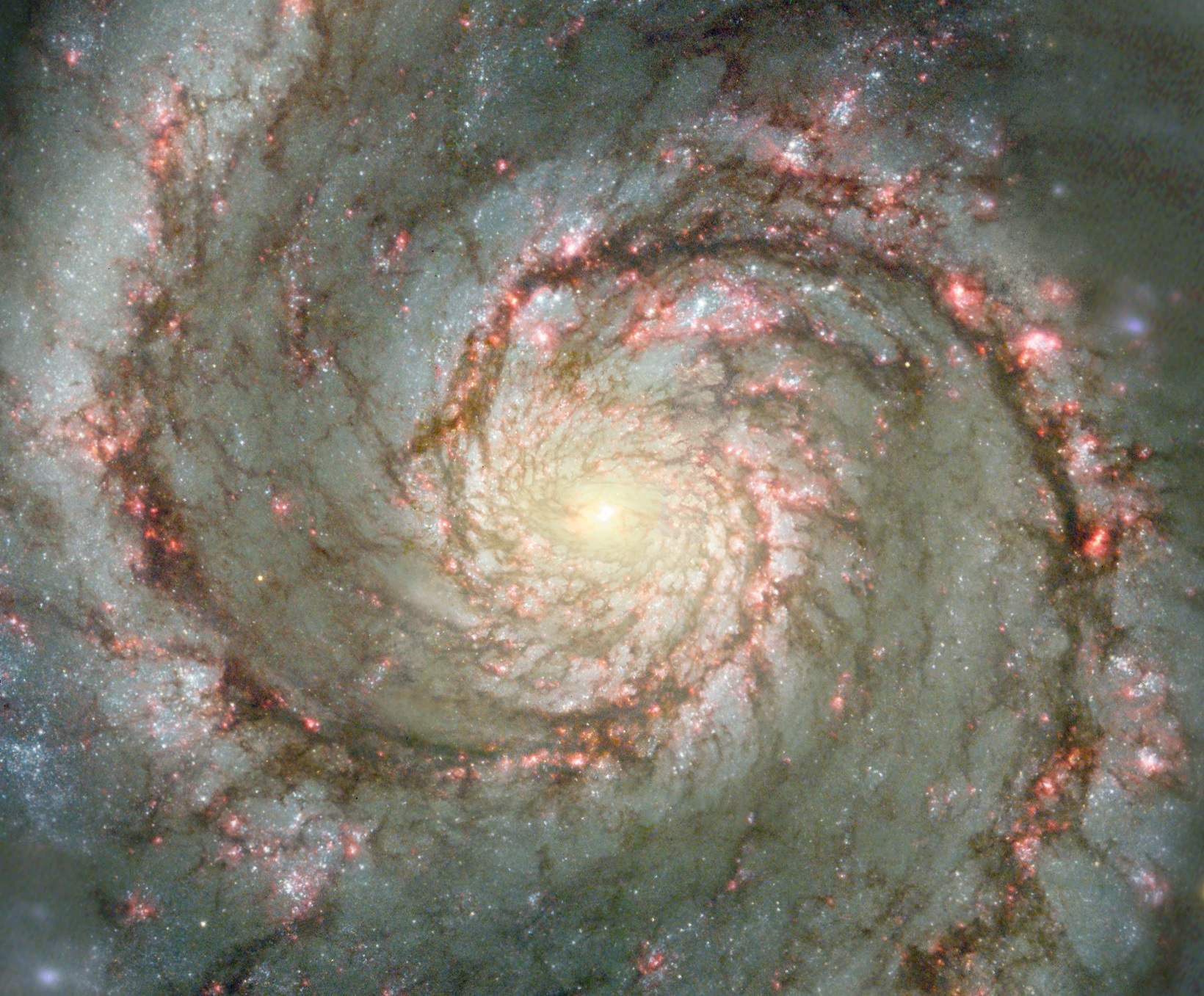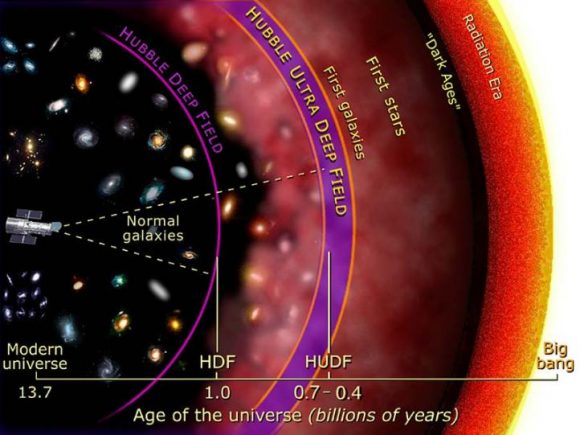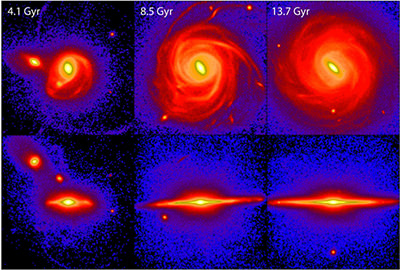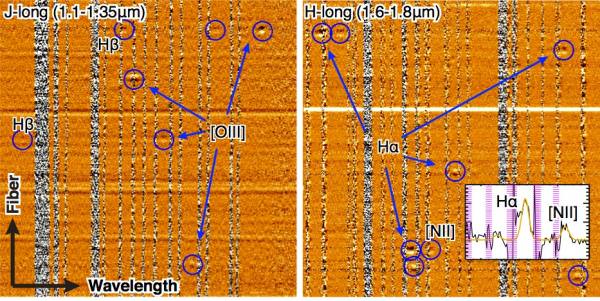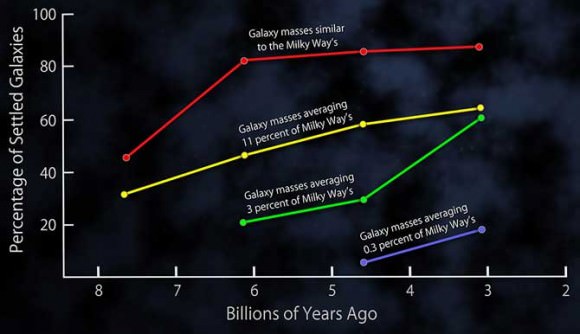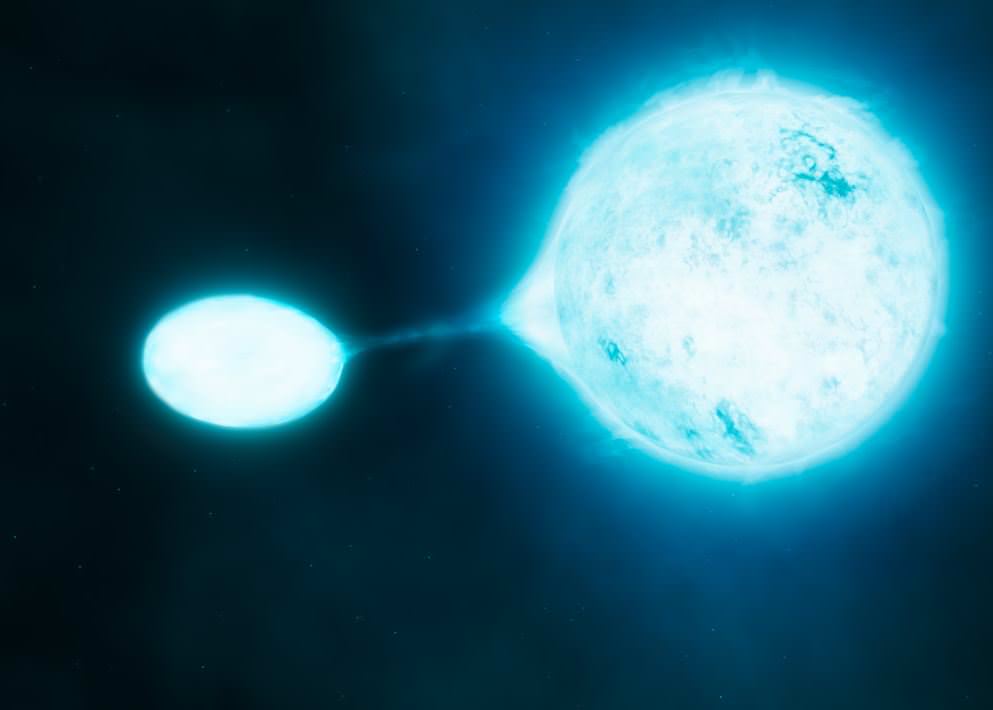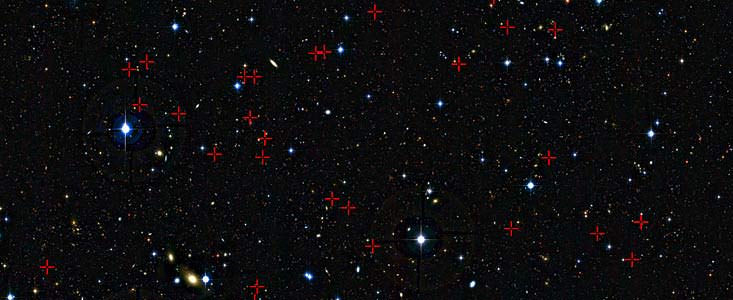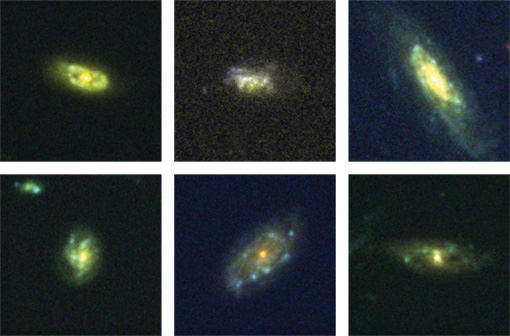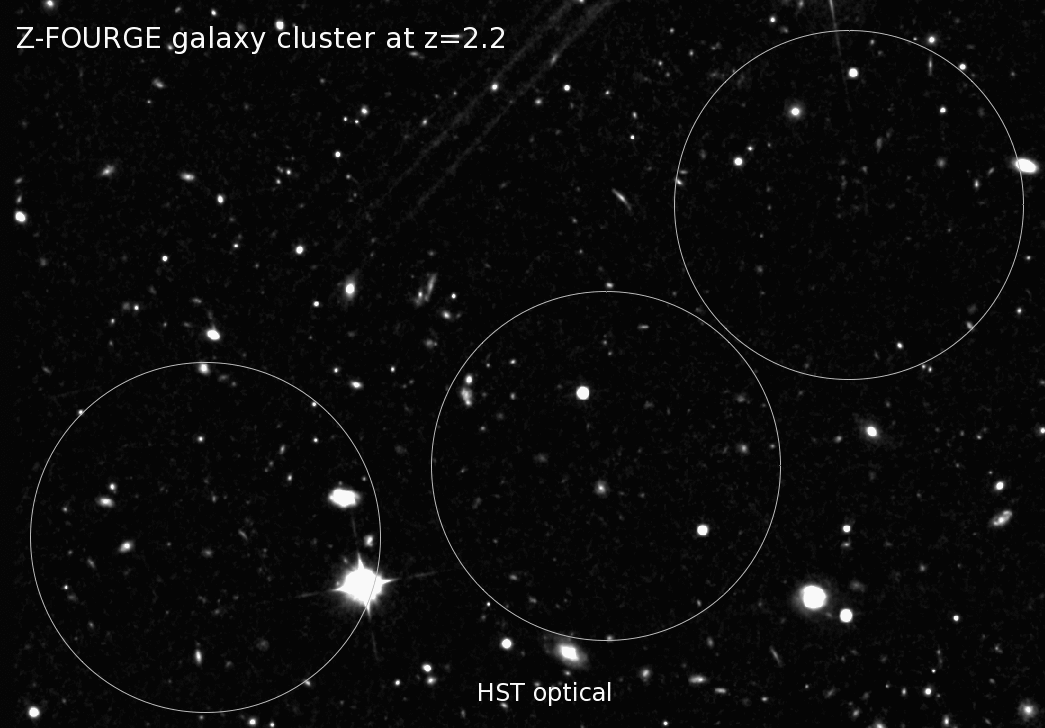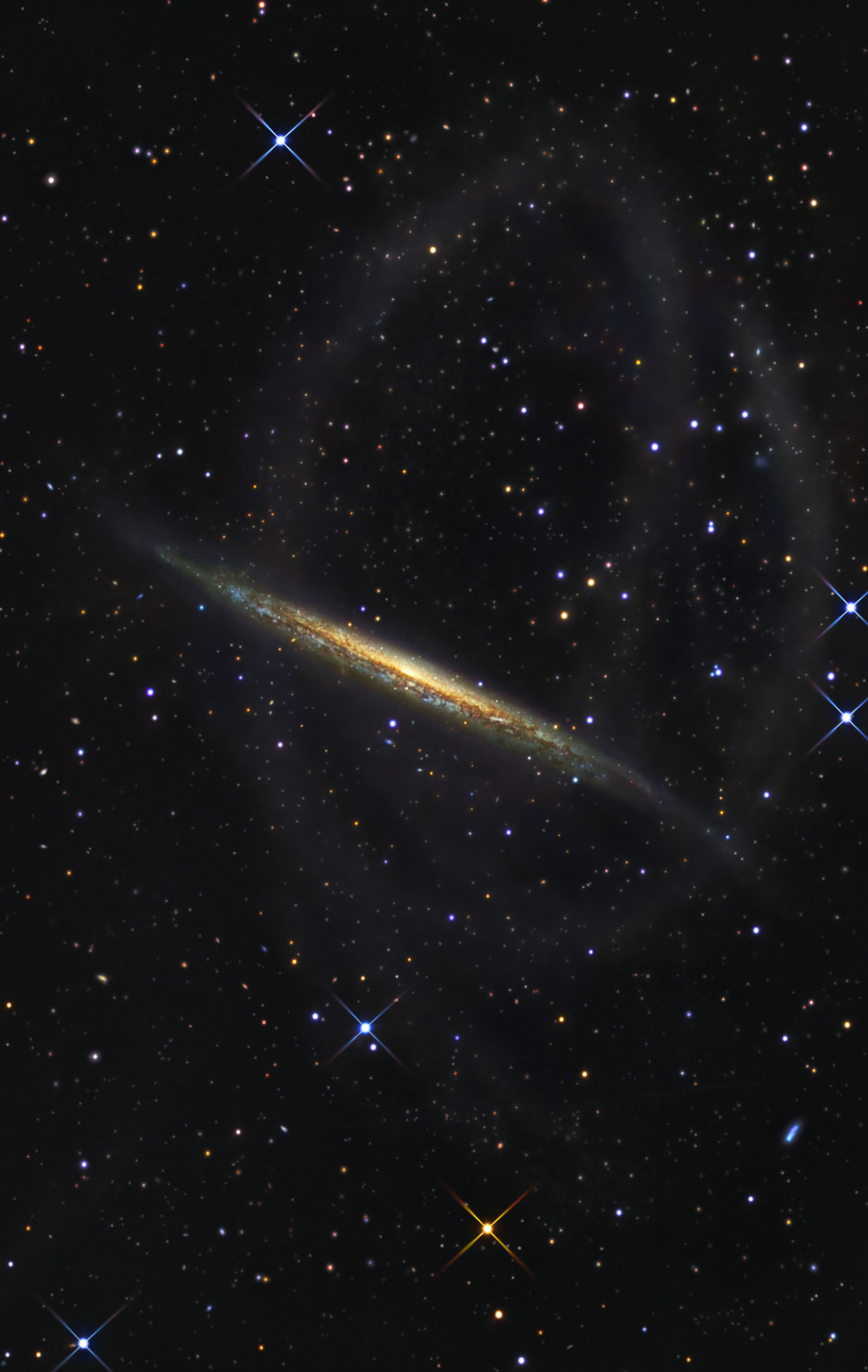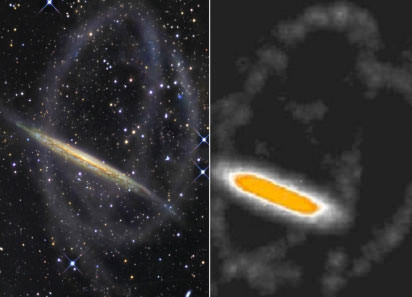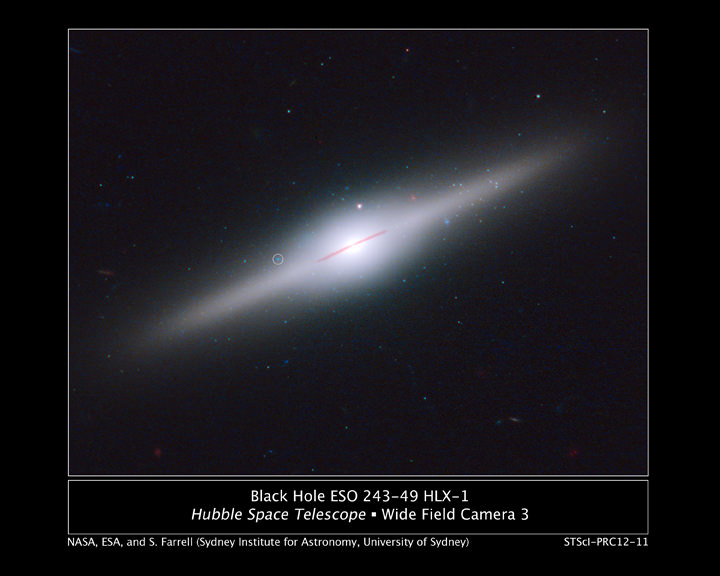The first results of the IllustrisTNG Project have been published in three separate studies, and they’re shedding new light on how black holes shape the cosmos, and how galaxies form and grow. The IllustrisTNG Project bills itself as “The next generation of cosmological hydrodynamical simulations.” The Project is an ongoing series of massive hydrodynamic simulations of our Universe. Its goal is to understand the physical processes that drive the formation of galaxies.
At the heart of IllustriousTNG is a state of the art numerical model of the Universe, running on one of the most powerful supercomputers in the world: the Hazel Hen machine at the High-Performance Computing Center in Stuttgart, Germany. Hazel Hen is Germany’s fastest computer, and the 19th fastest in the world.
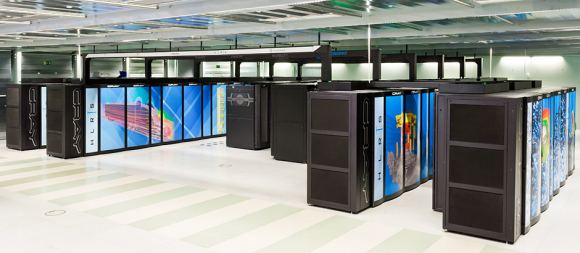
Our current cosmological model suggests that the mass-energy density of the Universe is dominated by dark matter and dark energy. Since we can’t observe either of those things, the only way to test this model is to be able to make precise predictions about the structure of the things we can see, such as stars, diffuse gas, and accreting black holes. These visible things are organized into a cosmic web of sheets, filaments, and voids. Inside these are galaxies, which are the basic units of cosmic structure. To test our ideas about galactic structure, we have to make detailed and realistic simulated galaxies, then compare them to what’s real.
Astrophysicists in the USA and Germany used IllustrisTNG to create their own universe, which could then be studied in detail. IllustrisTNG correlates very strongly with observations of the real Universe, but allows scientists to look at things that are obscured in our own Universe. This has led to some very interesting results so far, and is helping to answer some big questions in cosmology and astrophysics.
How Do Black Holes Affect Galaxies?
Ever since we’ve learned that galaxies host supermassive black holes (SMBHs) at their centers, it’s been widely believed that they have a profound influence on the evolution of galaxies, and possibly on their formation. That’s led to the obvious question: How do these SMBHs influence the galaxies that host them? Illustrious TNG set out to answer this, and the paper by Dr. Dylan Nelson at the Max Planck Institute for Astrophysics shows that “the primary driver of galaxy color transition is supermassive blackhole feedback in its low-accretion state.”
“The only physical entity capable of extinguishing the star formation in our large elliptical galaxies are the supermassive black holes at their centers.” – Dr. Dylan Nelson, Max Planck Institute for Astrophysics,
Galaxies that are still in their star-forming phase shine brightly in the blue light of their young stars. Then something changes and the star formation ends. After that, the galaxy is dominated by older, red stars, and the galaxy joins a graveyard full of “red and dead” galaxies. As Nelson explains, “The only physical entity capable of extinguishing the star formation in our large elliptical galaxies are the supermassive black holes at their centers.” But how do they do that?
Nelson and his colleagues attribute it to supermassive black hole feedback in its low-accretion state. What that means is that as a black hole feeds, it creates a wind, or shock wave, that blows star-forming gas and dust out of the galaxy. This limits the future formation of stars. The existing stars age and turn red, and few new blue stars form.
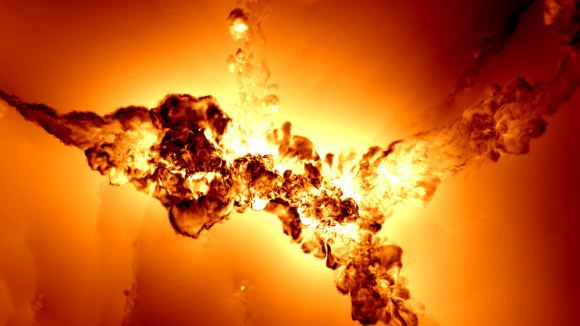
How Do Galaxies Form and How Does Their Structure Develop?
It’s long been thought that large galaxies form when smaller galaxies join up. As the galaxy grows larger, its gravity draws more smaller galaxies into it. During these collisions, galaxies are torn apart. Some stars will be scattered, and will take up residence in a halo around the new, larger galaxy. This should give the newly-created galaxy a faint background glow of stellar light. But this is a prediction, and these pale glows are very hard to observe.
“Our predictions can now be systematically checked by observers.” – Dr. Annalisa Pillepich (Max Planck Institute for Astrophysics)
IllustrisTNG was able to predict more accurately what this glow should look like. This gives astronomers a better idea of what to look for when they try to observe this pale stellar glow in the real Universe. “Our predictions can now be systematically checked by observers,” Dr. Annalisa Pillepich (MPIA) points out, who led a further IllustrisTNG study. “This yields a critical test for the theoretical model of hierarchical galaxy formation.”
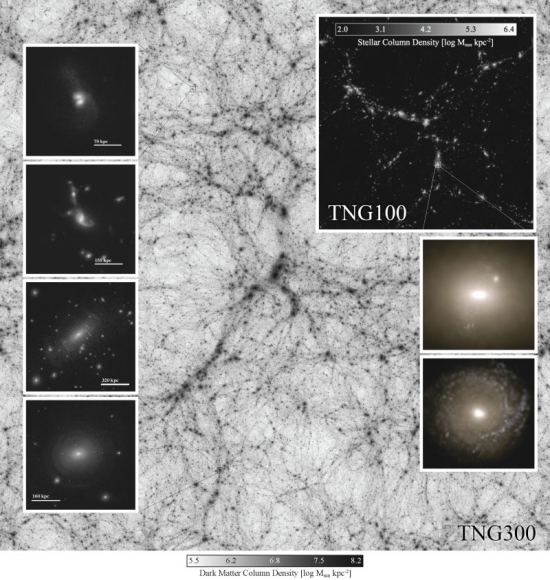
IllustrisTNG is an on-going series of simulations. So far, there have been three IllustrisTNG runs, each one creating a larger simulation than the previous one. They are TNG 50, TNG 100, and TNG 300. TNG300 is much larger than TNG50 and allows a larger area to be studied which reveals clues about large-scale structure. Though TNG50 is much smaller, it has much more precise detail. It gives us a more detailed look at the structural properties of galaxies and the detailed structure of gas around galaxies. TNG100 is somewhere in the middle.
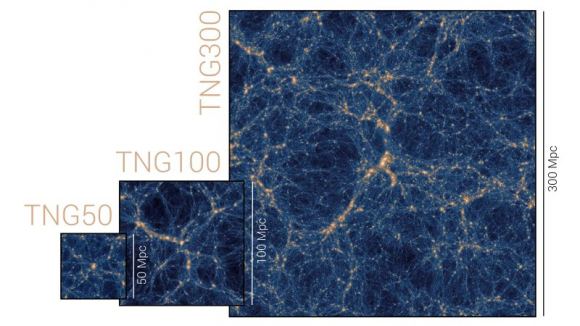
IllustrisTNG is not the first cosmological hydrodynamical simulation. Others include Eagle, Horizon-AGN, and IllustrisTNG’s predecessor, Illustris. They have shown how powerful these predictive theoretical models can be. As our computers grow more powerful and our understanding of physics and cosmology grow along with them, these types of simulations will yield greater and more detailed results.


